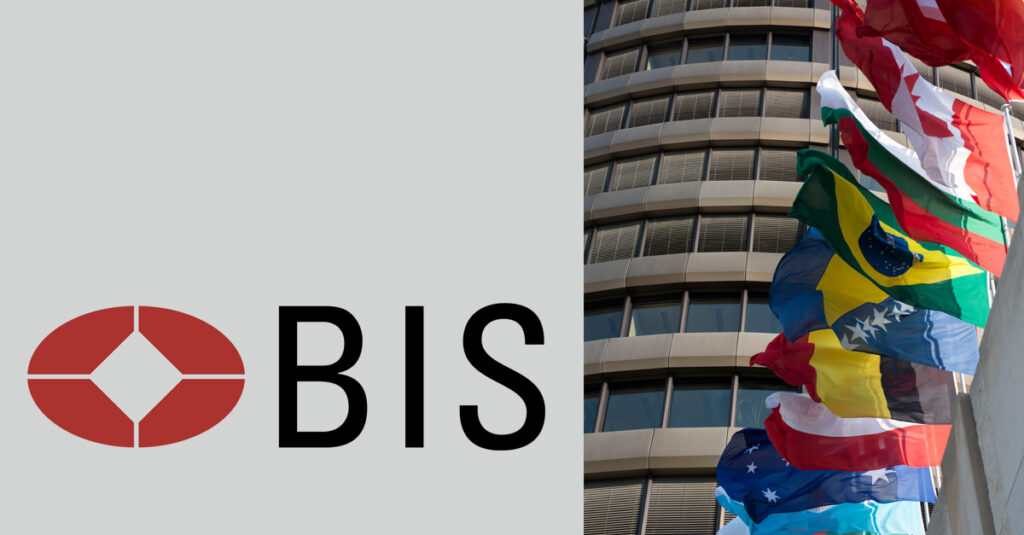Retail central bank digital currencies (CBDCs) and fast payment systems (FPS) share a number of similarities. Both allow for instant transactions for end users, can rely on underlying infrastructures operated by the central bank and can allow for an important role for private payment service providers (PSPs) to offer their services to end users. The key difference is that retail CBDCs are a new form of central bank money for the general public, while FPS to date allow end users to transfer private money (eg commercial bank money or electronic money). The paper analyses how retail CBDCs and FPS compare with each other and why some jurisdictions have opted for a retail CBDC, while others have chosen to introduce an FPS or both. Interviews with central banks in 14 jurisdictions around the world (at different stages of implementation of a retail CBDC and/or an FPS) show that some see a case for both to fulfil different policy goals and complement one another. The paper also compares emerging challenges and risks related to retail CBDCs and FPS. Our key conclusion is that the choice between a retail CBDC or an FPS, or both, is very contextual and will depend on the market features, ecosystem and degree of maturity and innovation of existing payment infrastructures in a country. Decisions regarding a retail CBDC, FPS or both involve important considerations regarding success factors, design choices and the role of central banks and the private sector.
JEL classification: G21, G23, O32
Keywords: central bank digital currencies, fast payments, fast payment systems, digital payments, financial inclusion, fintech, interoperability, innovation


